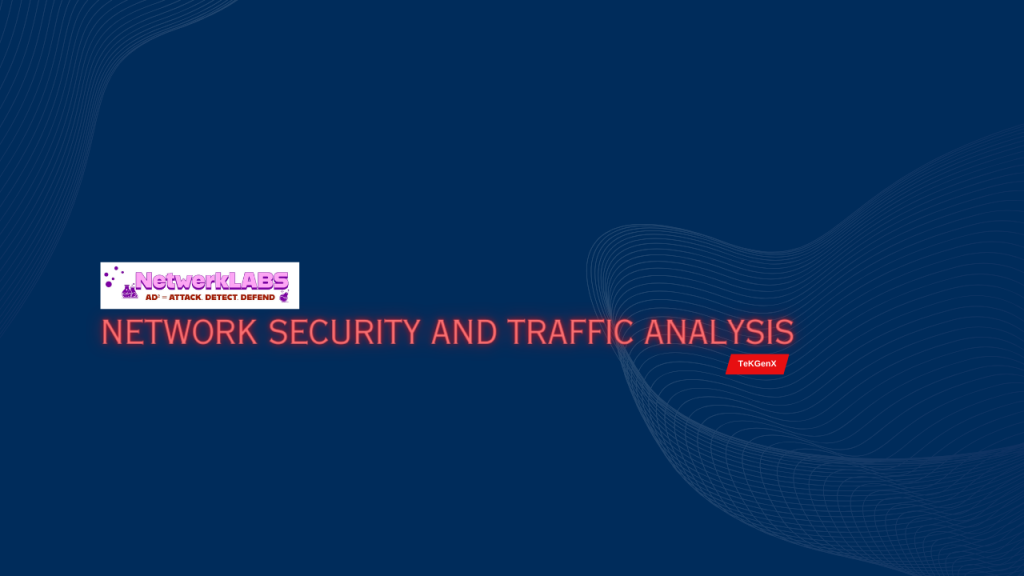Posted inDETECT Traffic Analysis VulnLAB
Wireshark 101 | Packet Operations
Wireshark: Packet Operations Statistics | Summary This menu provides multiple statistics options ready to investigate to help users see the big picture in terms of the scope of the traffic,…


